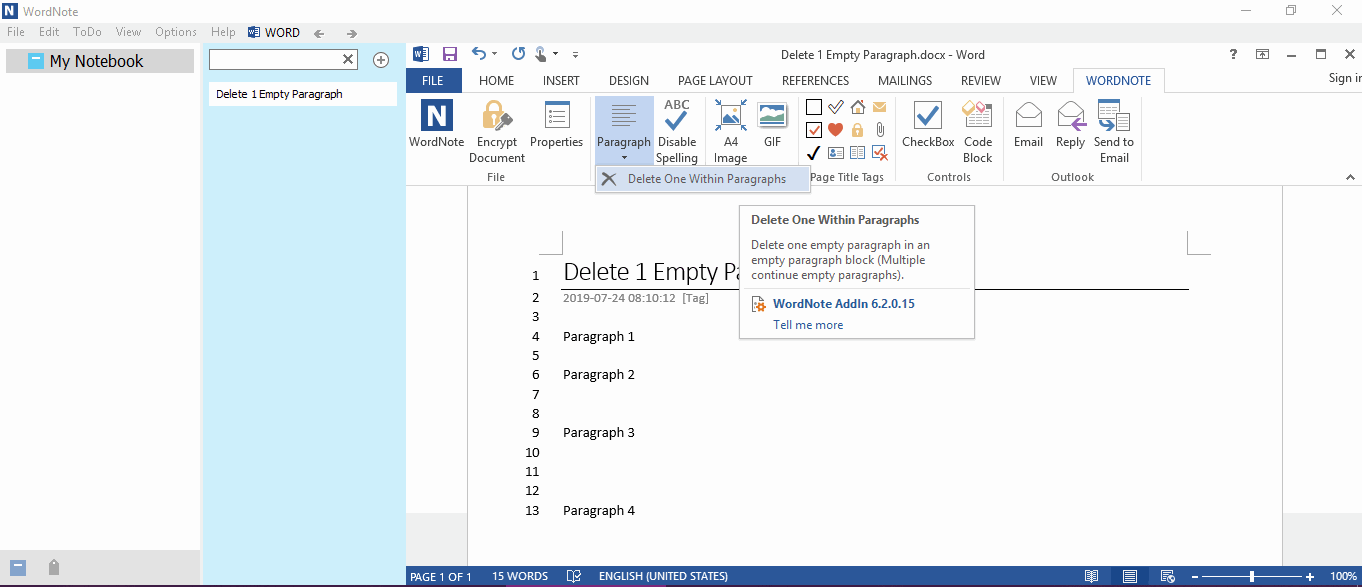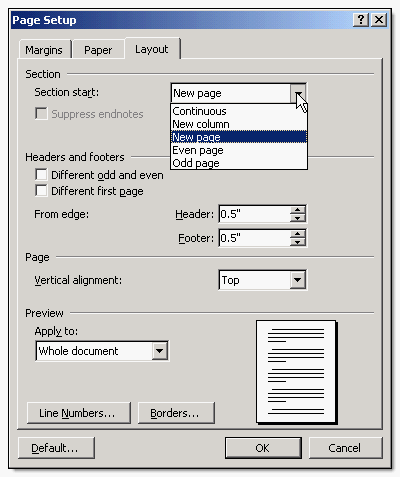

To delete blank lines or lines that one or more tabs sed '/^\t*$/d' colors. In the Replace window, in the Find what section, type ^\n (caret, backslash 'n') and leave the Replace with section blank, unless you want to replace a blank line with other text. Delete lines other than the first line or header line. So the sed command replaces the text from second line to last line in the file. I have a file having huge number of lines. For example, to delete the 4th line from a file.

Using bash, to clean up a file using a percentage number instead of an absolute number of lines: sed -i -e 1,$( printf "$((`cat php_errors.log | wc -l` * 75 /100 ))" )d php_errors.log Watch out because that command can be destructive since it deletes content in-place, without creating a copy. please try the scripts and keep us updated on your progress.
EDITRA REMOVE EMPTY LINE WINDOWS
From previous posts you have scripts to remove blank line in both windows and unix. Typical operations performed by shell scripts include file manipulation, program execution, and printing text. Cut is a command-line tool commonly used to extract a portion of text from a string or file and print the result to a standard output. TextPad is a great text editor to replace blank lines. sudo awk -i inplace '/\S/' file All of the above solutions will also remove lines that contain nothing but whitespace. I tried following steps & they worked like charm. Next article Beginner’s Guide to Analyzing Logs in Linux With journald Command. I tried different ways but failed: Code: Select all. 3 file.txt In fact, once it is open in text editor, this file has four lines where the last line is empty.
EDITRA REMOVE EMPTY LINE HOW TO
Previous article How to get source code of package using the apt command on Debian or Ubuntu. How to use the Sed command to delete a Line is explained in this article. example File1 is master copy and File2 is a slave copy. We can also print the content of a file using the SED command. You can call the ex editor from the bash command line using the following sample.

First test the command using: $ sed '/^$/d' myfile.txt.


 0 kommentar(er)
0 kommentar(er)
